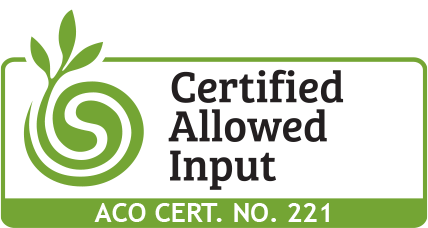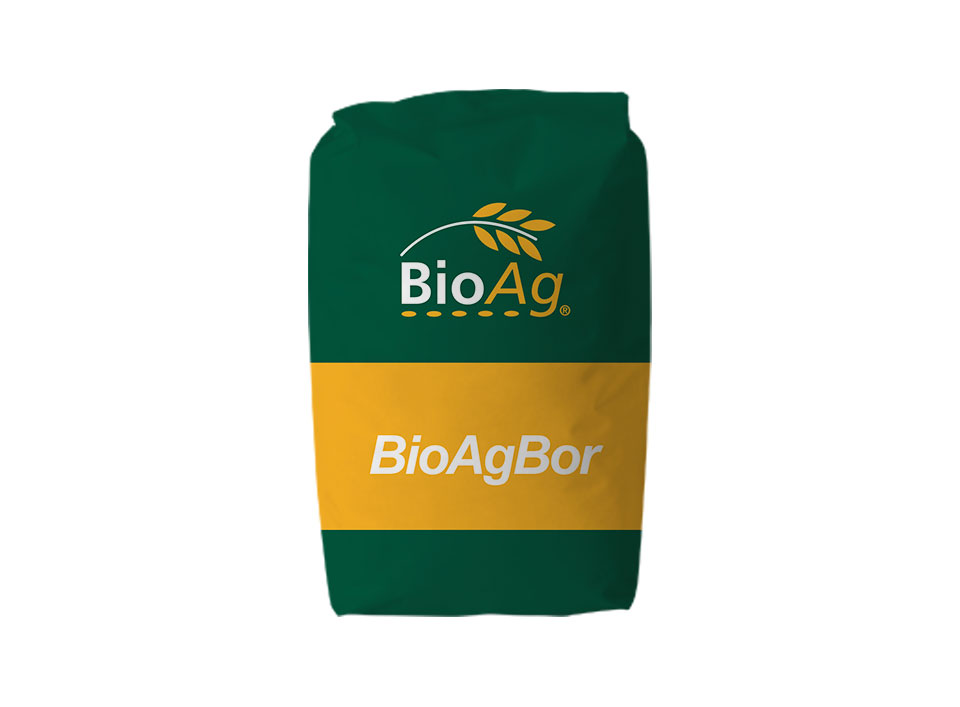
BioAgBor
A sustained-release form of boron suited to a range of enterprises such as horticulture, vegetables, pastures and field crops.
Boron min. 9.3% | Magnesium max. 4.0%
Calcium max. 15.7% | Sodium max. 3.7%
Solubility in citric acid 65%
Boron is typically deficient in many Australian soils, particularly in high rainfall zones.
Plants require boron from early growth through to fruit set. Boron deficiency or excess can negatively affect several aspects of plant growth and yield, including root growth, uptake of other nutrients, disease resistance, flower and fruit quality and fruit retention.
BioAgBor delivers boron in a naturally occurring mineral. BioAgBor has a very low solubility in water (less than 20%), so the boron will not readily leach or bind with soil antagonists.
BioAgBor contains up to 2% boron that is immediately available to plants; the balance becomes available to crops as soil and rhizosphere acids decompose the mineral structure supplying borax and sodium borates to the plant.
The slow-release nature of the boron maximises the opportunity for plant uptake, minimising binding with soil antagonists.
- Ideal for high rainfall or irrigated soils
- Ideal in sandy soils (leaching) or soils antagonistic to boron salts
- Delivers immediate plant-available, and long-lasting, sustained-release boron
- A natural and sustainable alternative to conventional products
- Suited to mechanised spreading and bulk blending.
- BioAgBor is a certified organic input.
To purchase
Contact your Area Manager today for a tailored plan for your crop.
BioAgBor resources
Following are some explanations of the various facets of soil and soil test results. First looking at CEC, TEC, pH and organic matter, as these are the main four categories outside the actual nutrient data that affect availability and make up a good soil report. A BioAg... The term regenerative agriculture has become aligned, or associated hand in hand, with the improvement of soils, improved soil fertility, and the benefits this provides to farms and rural communities. The approach typically promoted is a holistic one, taking into accoun...


